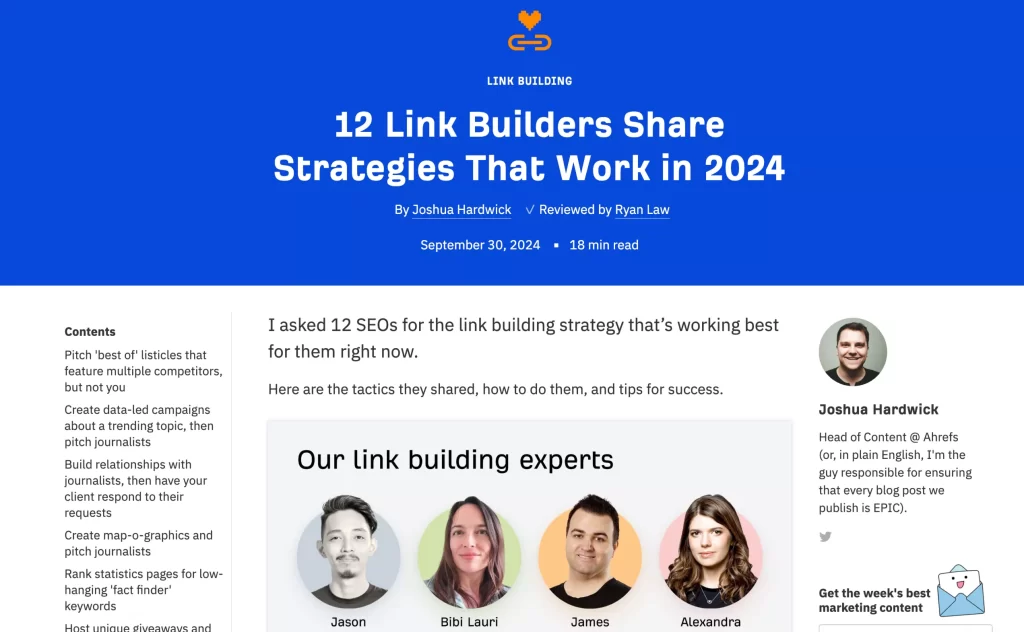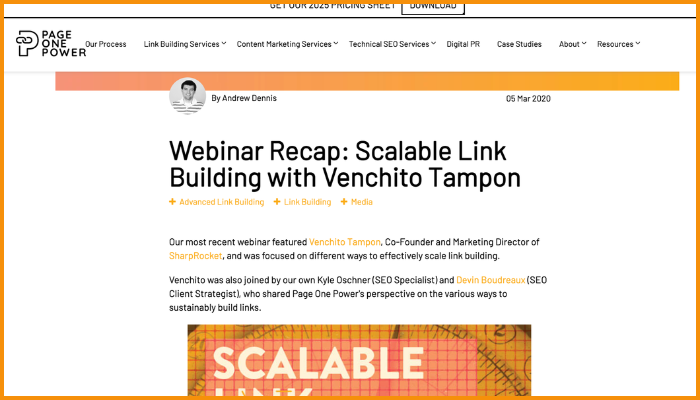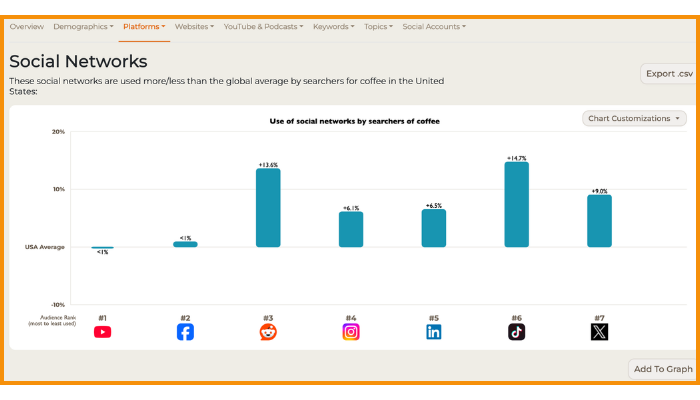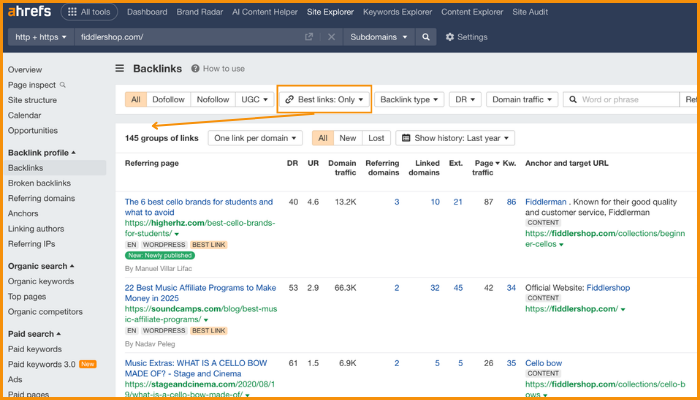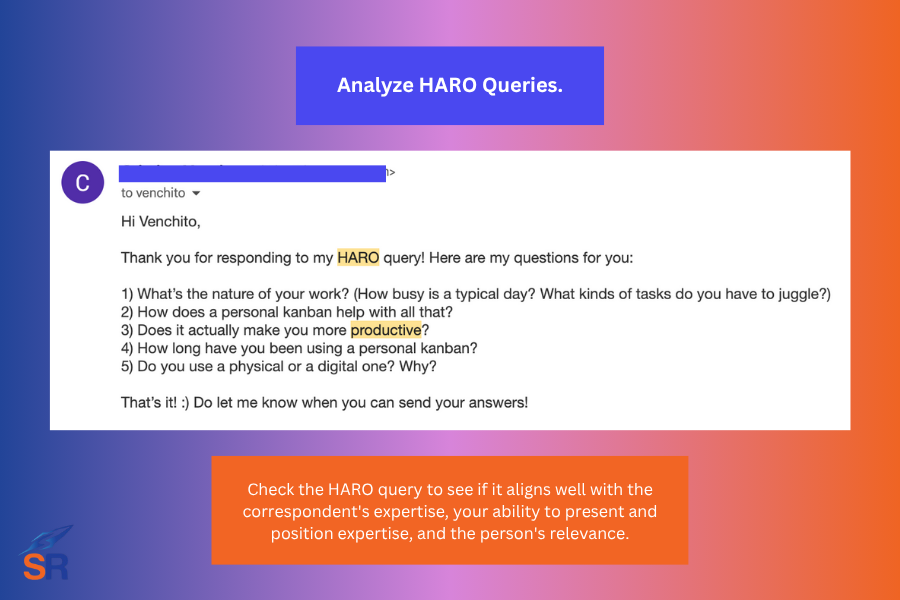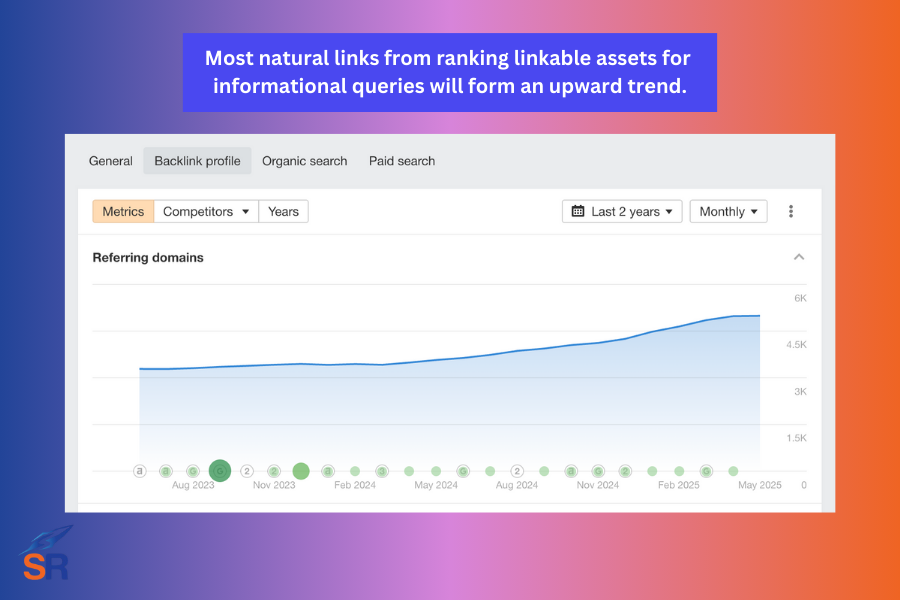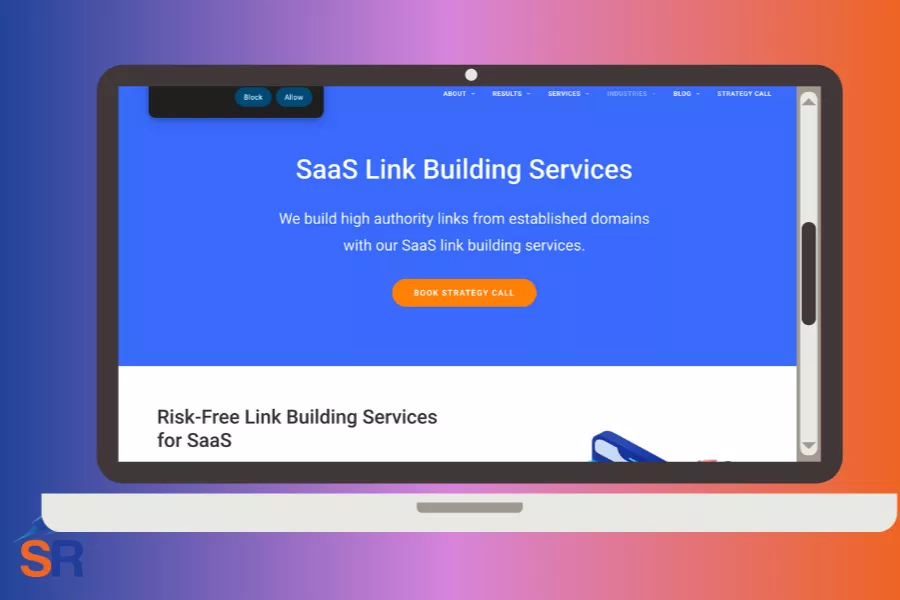SEO is a dog-eat-dog mentality, where one competitor can smash rankings in Google’s SERPs within weeks of implementation.
Building momentum requires seeing quick wins from investing your resources into the right opportunities. It builds your SEO confidence and gets more acceptance from stakeholders.
That’s where low hanging fruit SEO comes in.
Low-hanging fruits in SEO represent opportunities that require minimal effort but deliver significant impact.
Getting quick wins for your client’s SEO is a major part of the strategy to get more buy-in for your client’s SEO investment and sustainably deliver results by managing expectations early on.
You can improve search rankings, traffic, and overall website performance by identifying and acting on these low-hanging fruit SEO opportunities.
In this guide, I’ll give 6 actionable low-hanging SEO fruits to solidify your first quick wins.
Contents
Toggle1. Optimize for Low-Hanging Keywords
You can significantly impact search traffic by moving a page ranking in position 6 to the top 3 spots. Instead of waiting for a new page to be visible on search, it’s always easier to move a page that’s been winning already.
Use tools like Ahrefs or SEMRush to find keywords where your pages rank below 5th position – position 6 to 20. By moving these pages to climb their SERP rankings, you’ll expect to see an increase in search traffic.
For instance, if your collection page ranks in position 15 for “violin for beginners”, optimizing it with richer content and better on-page SEO can push it to the top 3.
2. Update Existing Content to Ensure Relevance
Refreshing outdated content is another low-hanging fruit tactic with high returns.
We experience SERP volatility more today than in previous years, with new SERP features being added to the mix and rankings pages shuffled to match user intent—so it’s a must to keep existing content updated to meet users’ needs.
Go through each existing piece of content. Prioritize the ones that are performing but have had declining traffic in the past six months.
When updating each piece of content, ask, “Is the information on this page still aligned with my target readers’ current interests, challenges, and needs, and does it offer fresh, actionable insights to keep them engaged?“
Content updates require the author’s expertise to see clearly which sections of the page need a revamp and what particular sections or new sets of questions to answer to add new information to the industry’s body of knowledge.
For instance, we published “how to start a coffee shop in the Philippines” a year ago, and I was looking for new sections to add or revise based on my observations in the industry. These are samples of our new draft sections:
- How to hire and train baristas—with sections to localize job applications and interviews to hire staff who live near the stores (an advantage point given the state of traffic in the Philippines).
- How to generate new ideas for menu selections and beverages—To keep up with consumers’ changing demands and tastes, a new coffee shop owner must know how to offer a new product selection that best correlates to the current taste of their target customers.
- How to destress and prevent burnout for cafe owners—Cafe owners are concerned about getting burned out as they run their day-to-day operations. So, it’s important to add this section to help them maintain their mental health and sustainably operate their business.
These new sections didn’t come from ChatGPT answers or regurgitated content from other coffee blogs. They are entirely based on my experience as a cafe business owner.
When updating content assets, you can interview experts and industry thought leaders for new strategies, insights, and research data to solidify the quality and ensure the relevance of your content piece (e.g. see what Ahrefs did with their list of link building strategies – they get fresh insights from well-known SEO practitioners).
3. Turn Unlinked Mentions into Links
Unlinked brand mentions are mentions of your business or products on external sites that don’t link to your site. The bigger the site and the more products and content it churns out, the more unlinked brand mentions you can find.
We’ve been using BrandMentions and Ahrefs’ Alerts to find branded mentions and get monthly alerts quickly. While, of course, there are other tools for this functionality, the best thing about these two tools is that they have a wider search database you can trust for more branded mentions.
A couple of branded mentions you should convert into links:
- Editorial content that mentions your brand, product, or content
- Press page and coverage of your expertise and thought leadership – mentioning names of authors, leaders, and personalities in your organization (best if you can publish author pages before you send emails so publishers can simply link to the author page).
- Mention on links/resource pages or “where to buy pages” with no embedded links.
Do link outreach to site owners or publishers of pages that mention your site and ask them for backlinks. This link building strategy has a higher conversion rate than cold link request outreach campaigns.
4. Don’t Neglect Long Tail Keywords
The advice to go after high-volume, commercial keywords requires an understanding of the current context of the SEO campaign.
If you have a site with significantly higher domain authority, you can publish new relevant content and expect it to appear on Google’s SERPs quickly.
However, you can’t expect a relatively new site to dominate head terms very early on with no existing rankings from its other pages.
To get early quick wins, target long tail keywords (keywords with four or more words) that have longer search strings than head terms but are easier to rank with content optimized with on-page SEO fundamentals.
I find two ways helpful in looking for long-tail keywords that are easier to rank, assuming you’ve got content that satisfies user needs.
1. Use Ahrefs to find long tail keywords from a head term or topic you’re eyeing to rank for with your website.
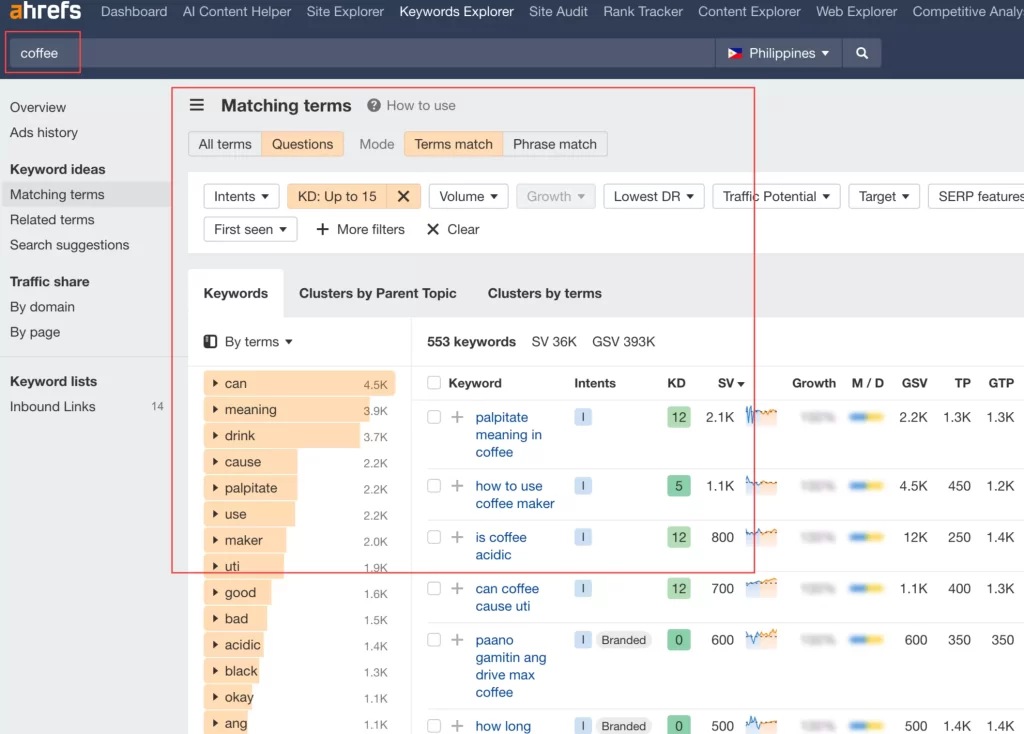
2. Find new long-tail keywords your pages can rank for.
Go to your top pages and see which content captures rankings for long-tail keywords sitting below page 1.
With a few optimizations, such as adding new sections to rank for these long-tail keywords, your content would likely increase its search traffic.
5. Publish More MOFU and TOFU Content
You don’t get sustainable rankings by expecting all product pages to rank for their commercial keywords.
One holistic content strategy is to publish informational content for keywords that lead people to their purchasing decisions.
With 15% of total searchers being new, content publishing offers an ocean of opportunities.
Start creating content to tackle comparative keywords such as “vs” or “best” phrases, which often have low competition but high traffic opportunities.
For instance, creating a blog post titled “Best Winter Jackets vs. Coats: What’s Right for You?” targets users seeking guidance while naturally incorporating relevant keywords.
Build content that answers common user questions, showcases expertise, and drives product or service page traffic. Linking these posts to collection and product pages strengthens the structure of your website and distributes link equity across pages.
Whenever you publish new content, ensure it links to related existing pages. This helps users navigate your site and signals search engines about the relationships between pages.
6. Collaborate with Active Authors
One overlooked strategy in content publishing and link building is expert collaboration.
Creating helpful content that satisfies users with new information takes a lot of work on the back end (research) and front-end publishing (editing). By getting new insights from other authors who are also practitioners in their industries, you solidify the credibility of your content piece, which increases its acceptance by your target readers.
If you don’t have any authors in mind, start reaching out to them by first populating a list of active authors in your space. You can use Ahrefs to find these active authors.
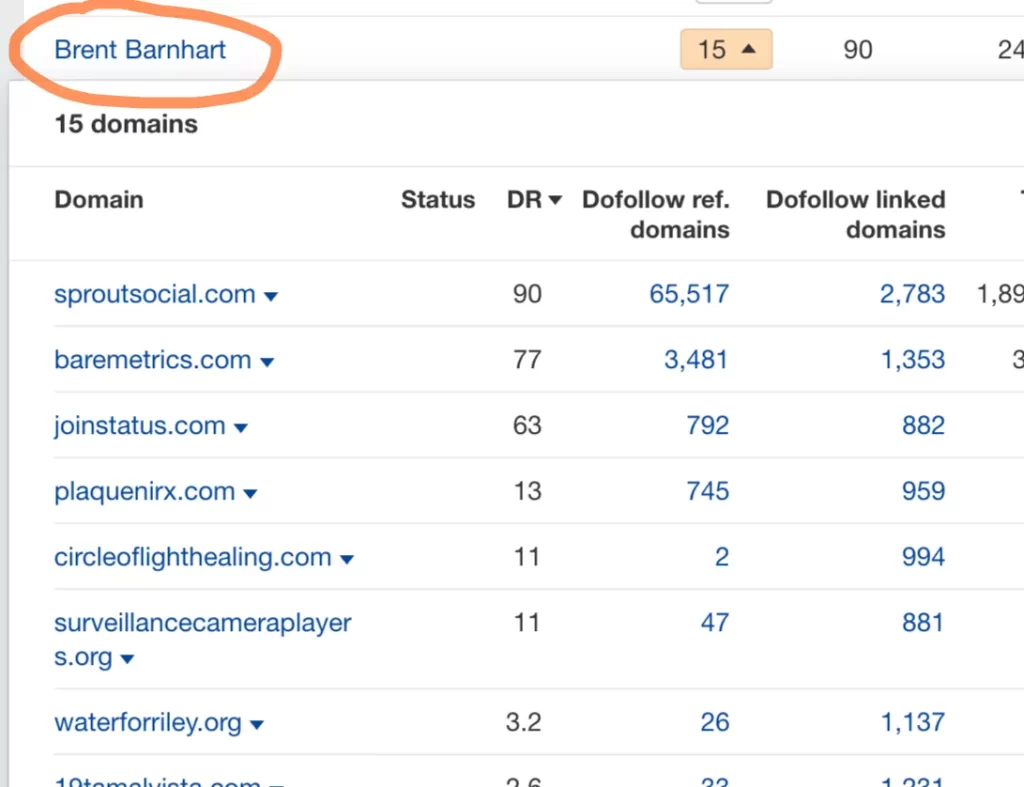
Another way is to publish “accepting guest post” or “become a contributor” pages to attract publishers to contact you for collaboration.
Obviously, not everyone is a good candidate, but getting one or two who surely know what they’re talking about is worthwhile for a content collaboration.
Fire Bullets, Then Cannonballs
SEO, in offense, must be a combination of firing bullets and cannonballs. While aiming for greater impact with high-intensive efforts, you are shooting for results with bullets—low-hanging fruits SEO. This enables you to build a solid momentum of an SEO campaign.
While everyone waits for significant results from their high-intensity work, you get consistent, quick wins with your bullets. There are small things that you can add to your SEO arsenal, giving you a head-start advantage in your competition.
Written By
Venchito Tampon
CEO and Co-Founder at SharpRocket, a link building agency. With a decade of experience, Venchito has a proven track record of leading hundreds of successful SEO (link builidng) campaigns across competitive industries like finance, B2B, legal, and SaaS. His expert advice as a link building expert has been featured in renowned publications such as Semrush, Ahrefs, Huffington Post and Forbes. He is also an international SEO spoken and has delivered talks in SEO Zraz, Asia Pacific Affiliate Summit in Singapore, and Search Marketing Summit in Sydney, Australia. Check out his other business - Hills & Valleys Cafe.
Reviewed By

Sef Gojo Cruz
COO at SharpRocket, overseeing end-to-end operations, from crafting link building strategies to leading high-performing teams. Previously led SEO initiatives at Workhouse, a digital agency in Australia, and Keymedia, a real estate media company based in New Zealand.
How our LINK BUILDING AGENCY in UK builds 250 links/mo consistently using Predictable Link Building Methodology™…
- Using a SIMPLE and PROVEN system
- Using a SCALABLE strategy
- No private blog networks
- No creepy outreach emails

